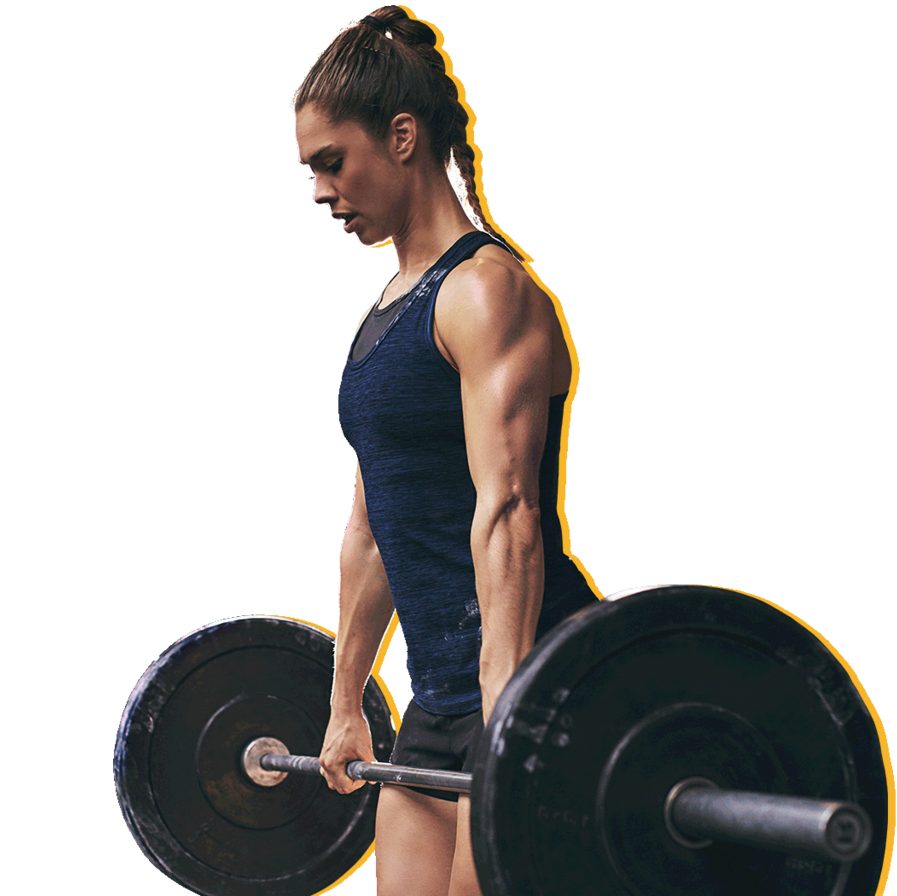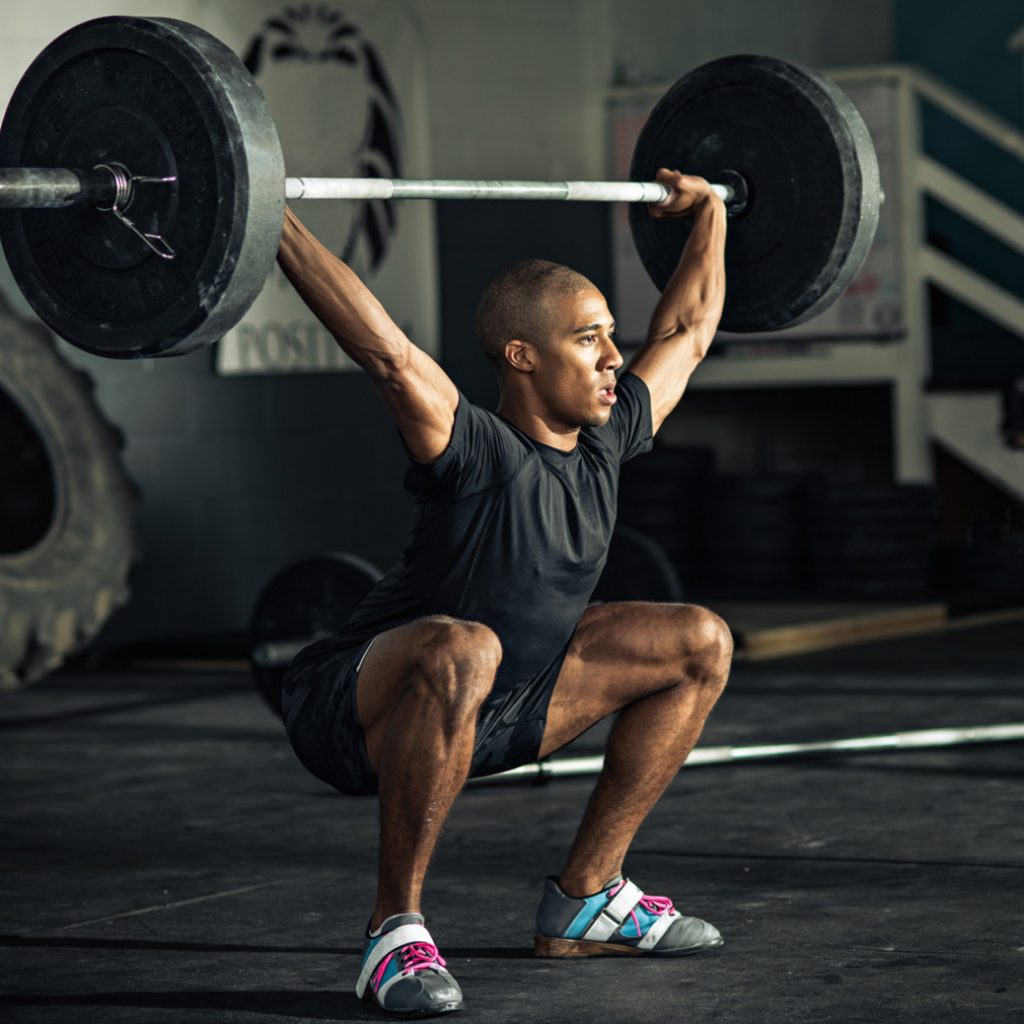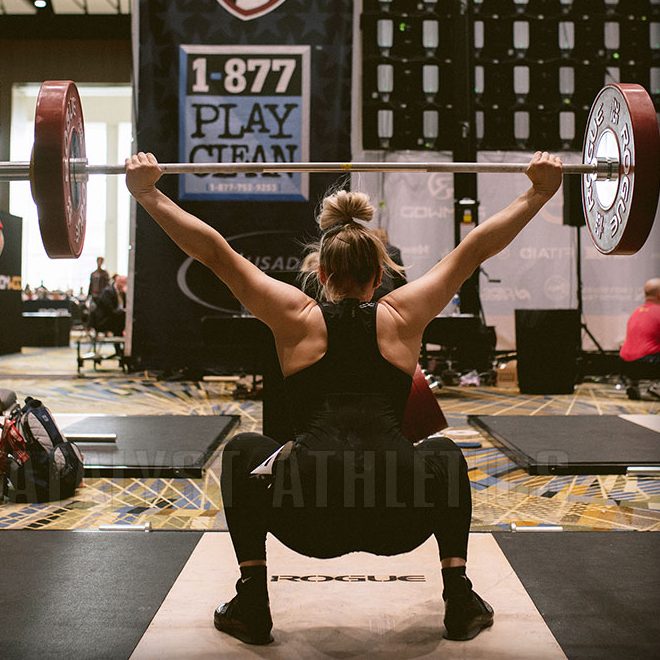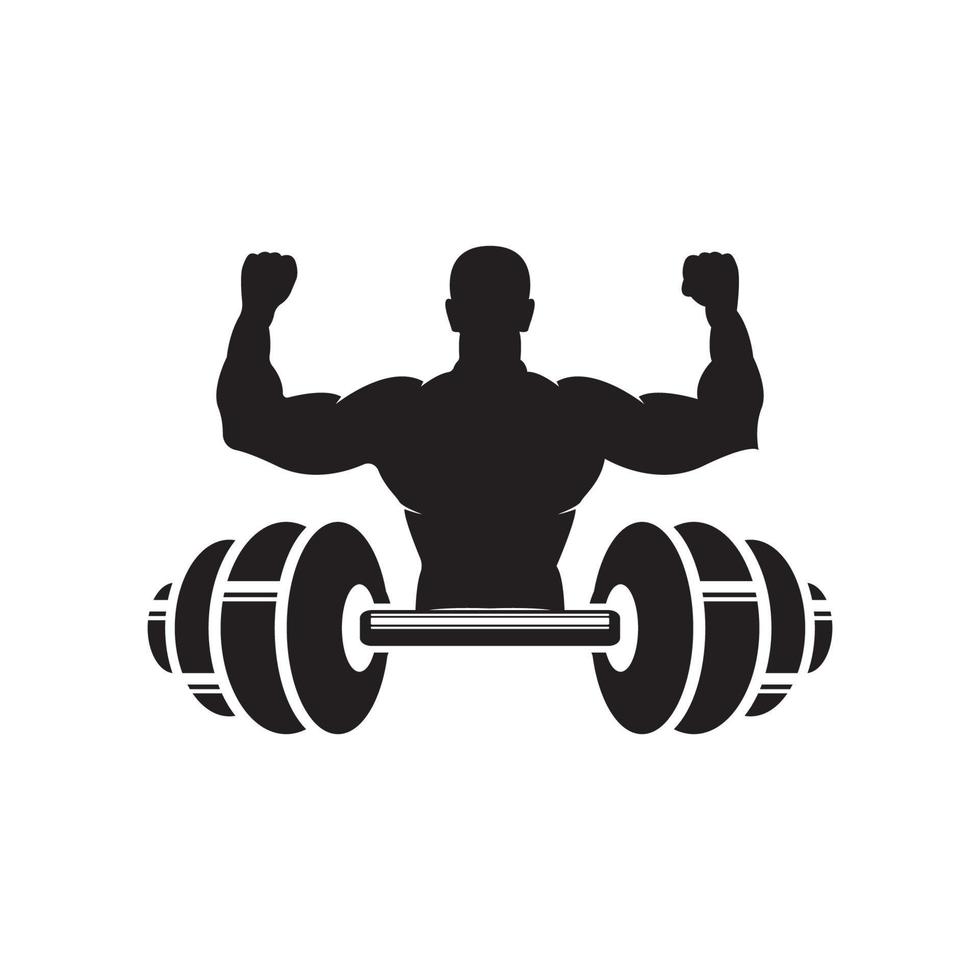Introduction to Weightlifting and Caloric Burn
Weightlifting has long been a popular form of exercise, recognized for its ability to build strength, enhance muscle tone, and improve overall fitness. While many people associate weightlifting primarily with building muscle, it also plays a significant role in burning calories. Understanding how many calories weightlifting burns can help individuals better tailor their fitness plans to meet their weight management and health goals. This article will explore the science behind caloric burn during weightlifting, factors affecting calorie expenditure, a comparison with other forms of exercise, the importance of resistance training in weight loss, and practical tips for maximizing caloric burn during workouts.
By comprehensively examining the calories burned during weightlifting, individuals can make informed decisions about their exercise regimens and align them with their overall health objectives.
The Science of Caloric Burn during Weightlifting
Understanding Metabolism and Caloric Expenditure
Caloric burn refers to the number of calories your body expends in a given activity. This expenditure is influenced by your basal metabolic rate (BMR), physical activity level, and the intensity of your workouts. Weightlifting, particularly when performed intensely or in circuits, contributes significantly to energy expenditure due to the physical effort required to lift weights and the metabolic processes involved in recovery.
When engaging in weightlifting, the body requires energy not only for the actual lifts but also for recovery post-exercise. After a weightlifting session, the body goes through a process called excess post-exercise oxygen consumption (EPOC), known as the “afterburn” effect. During this period, the body continues to burn additional calories as it works to repair muscle tissue, restore oxygen, and manage other physiological processes.

Estimating Caloric Burn During Weightlifting
Estimating the number of calories burned during a weightlifting session can be tricky, as numerous factors affect this calculation. According to various studies, a general estimate is that individuals burn approximately 90-250 calories during a 30-minute weightlifting session. The specific number will vary depending on several factors, including exercise intensity, the individual’s weight, and muscle mass.
For example, heavier individuals or those with more muscle mass may burn more calories than lighter individuals. Additionally, the type of weightlifting program (e.g., high-intensity circuit training vs. traditional strength training) can greatly influence caloric expenditure. In high-intensity workouts, the heart rate increases significantly, leading to higher calorie burn during and after the session.
Factors Affecting Caloric Burn in Weightlifting
Individual Differences
Several individual factors affect how many calories are burned during weightlifting, such as age, gender, body composition, and fitness level. Generally, men tend to burn more calories than women due to higher muscle mass and BMR. Age can also play a role, as metabolic rates often decline with age.
Body composition is another critical factor; individuals with more muscle mass typically burn more calories at rest and during physical activity. This is because muscle tissue requires more energy to maintain compared to fat tissue. Therefore, individuals focusing on increasing muscle mass through weightlifting may experience a higher caloric burn over time.
Workout Intensity and Type
The intensity and type of weightlifting performed can significantly influence caloric burn. Lifting heavier weights for fewer repetitions generally requires more effort and energy, resulting in increased calorie expenditure. In contrast, lifting lighter weights with higher repetitions may lead to lower overall calorie burn during the workout.
Furthermore, incorporating techniques like supersets (performing two exercises back-to-back without rest) can increase the intensity and duration of workouts, which in turn boosts caloric burn. Additionally, varying workout routines and utilizing compound movements—exercises that engage multiple muscle groups—can enhance overall caloric expenditure.

Weightlifting Compared to Other Forms of Exercise
Weightlifting vs. Cardio
When it comes to burning calories, weightlifting often gets compared to cardiovascular exercises such as running, cycling, or swimming. While cardio is typically renowned for its calorie-burning potential during the workout, weightlifting offers benefits that extend beyond immediate caloric burn.
Although a 30-minute cardio session may burn more calories than weightlifting during the session, the afterburn effect associated with weightlifting can lead to a higher overall caloric expenditure 24 to 48 hours post-exercise. Studies show that individuals can continue to burn calories even while at rest following a weightlifting workout, making resistance training a valuable component of an effective weight-loss strategy.
Cross-Training Benefits
Incorporating both weightlifting and cardiovascular exercises into a fitness routine can maximize overall health and caloric burn. Cross-training improves muscular strength, cardiovascular endurance, and flexibility. This combination helps balance the benefits of both exercise types while preventing burnout and overuse injuries.
Additionally, engaging in various forms of exercise challenges the body, leading to improved performance in both weightlifting and cardio. For instance, improved muscle strength from weightlifting can enhance endurance during cardio workouts, leading to increased caloric burn. Similarly, better cardiovascular fitness can support higher intensity levels during weightlifting, further enhancing caloric expenditure.

The Role of Resistance Training in Weight Loss
Building Lean Muscle Mass
Resistance training, including weightlifting, plays a pivotal role in weight loss by promoting the development of lean muscle mass. The more muscle mass an individual has, the higher their resting metabolic rate (RMR). This increase in RMR means that individuals will burn more calories even at rest, creating a more substantial caloric deficit over time.
Furthermore, having increased muscle mass enhances the body’s ability to utilize calories efficiently, supporting weight management efforts. For those seeking to lose weight, incorporating regular weightlifting sessions into their exercise regimen can significantly improve results and long-term sustainability.
Enhancing Body Composition
In addition to aiding in weight loss, weightlifting contributes to improved body composition by increasing muscle while reducing body fat. This shift not only enhances physical appearance but can also lead to better overall metabolic health. Achieving a favorable body composition is essential for long-term weight management, reducing the risk of obesity-related diseases.
Individuals focused on body composition should aim to implement a balanced routine that includes both weightlifting and cardiovascular exercises. This approach ensures they reap the rewards of both muscle-building benefits and cardiovascular conditioning, promoting a holistic strategy for health and fitness.
Practical Tips for Maximizing Caloric Burn in Weightlifting
Incorporate High-Intensity Interval Training (HIIT)
To maximize caloric burn during weightlifting sessions, consider incorporating high-intensity interval training (HIIT) techniques. HIIT involves alternating between intense bursts of exercise and short recovery periods. This method can elevate your heart rate, increase workout intensity, and enhance caloric burn during and after the workout.
For example, try performing a set of heavy squats, followed by a short burst of jump rope or burpees. This combination increases the overall intensity of your workout and engages multiple muscle groups, further elevating caloric expenditure.
Maintain Proper Nutrition
It’s essential to fuel your body appropriately when focusing on weightlifting for caloric burn. A balanced diet with a focus on protein can support muscle recovery while maximizing workout effectiveness. After workouts, consuming protein-rich meals or snacks can enhance muscle repair, allowing you to maintain a regular weightlifting routine and maximize caloric expenditure over time.
Adequate hydration is also crucial. Water helps support metabolic processes and facilitates optimal performance during workouts. Staying hydrated can ensure you can push harder during weightlifting sessions, enhancing calorie burn.
Conclusion: Embrace Weightlifting for Caloric Burn and Fitness
In conclusion, weightlifting is an effective method for burning calories while simultaneously building strength and enhancing body composition. Understanding the factors that influence caloric burn during weightlifting—from individual differences to workout intensity—can help individuals tailor their fitness plans for optimum results.
Combining weightlifting with cardiovascular exercises further maximizes caloric expenditure, making it an essential component of any fitness regimen aimed at weight loss or health improvement. By adopting strategies such as incorporating HIIT techniques and maintaining proper nutrition, individuals can enhance their weightlifting experience and achieve significant caloric burn.
Embrace the power of weightlifting to support your fitness journey, knowing that every rep not only builds muscle but contributes to your overall health and well-being. Whether you’re a beginner or a seasoned lifter, the journey into weightlifting can lead to impressive physical transformations, increased strength, and improved metabolic health over time.
